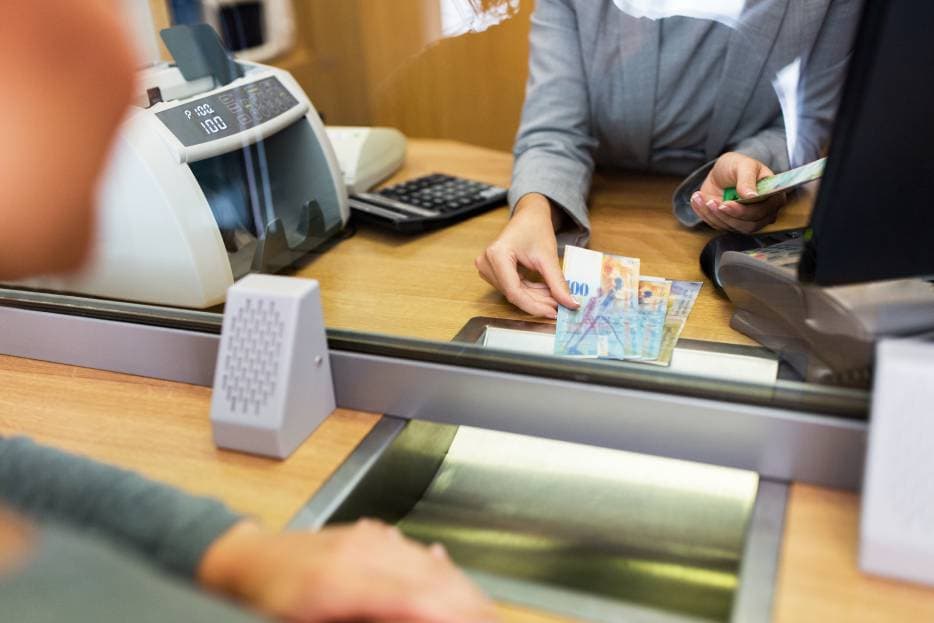The customer experience in a bank does not depend solely on the speed of transactions or the quality of financial products; there are silent factors that, although not always expressed in satisfaction surveys, determine whether the user returns or looks for alternatives in the competition.
Among them, cleanliness occupies a central place. The perception of a hygienic, orderly, and well-maintained space reinforces trust in the institution and conveys professionalism and security, which is why hygiene management in banks should not be treated as a trivial issue.
Periodically evaluating the quality of maintenance processes is essential, with internal audits gaining importance to assess cleaning in your company, as they help maintain quality standards, detect areas for improvement, and ensure a positive impact on customer satisfaction.
Cleaning as Part of Banking Service Strategy
Although a bank is a place of transactions, it is also a place where values such as trust and security are implicitly managed, so cleanliness becomes a non-verbal language that reinforces the image of institutional strength.
In metropolitan areas with a wide range of financial institutions, the condition of the physical environment directly influences customer satisfaction indicators. Faced with this, various banks turn to cleaning services in Monterrey, hiring providers who apply specific methodologies for high-traffic facilities.
These programs range from scheduled maintenance plans to continuous disinfection protocols and hygiene monitoring in critical areas, ensuring uniform quality standards and generating confidence in daily operations.
Aspects That Define the Customer Experience
As we can see, a user’s perception upon entering a bank is built from multiple details. It is not enough for tellers to be friendly or for waiting times to be reduced — the physical environment also speaks for itself.
For this reason, cleaning services in Guadalajara and throughout the country have shown how the professionalization of hygiene can transform the customer experience, reinforcing loyalty and satisfaction with every visit.

1.- Institutional image and first impressions
The first contact with a branch occurs from the outside. Clean facades, spotless windows, and well-maintained entrances convey professionalism. When a client sees accumulated garbage or dust around the premises, it generates a negative impression before interacting with staff.
In contrast, a well-maintained space elevates the perception of seriousness, credibility, and attention to detail — essential elements in a sector where sensitive resources are handled.
2.- Cleanliness at desks, counters, and service areas
Executive desks, counters, and contact surfaces must remain spotless. These areas are the most visible to users and where most transactions take place. A clean, dust-free, stain-free desk communicates respect to the client and demonstrates operational discipline.
3.- Conditions of restrooms and common areas
One of the most sensitive aspects of customer experience is restroom conditions, which are considered a direct reflection of service quality. If a bank does not maintain its bathrooms properly, users may think that the same negligence extends to financial management.
Clean and disinfected restrooms not only improve comfort but also protect the health of customers and employees.
4.- Maintenance of waiting rooms and hallways
Most clients spend time in waiting areas, where the cleanliness of floors, walls, ceilings, and seats determines whether the wait feels pleasant or uncomfortable. In hallways, shiny and obstacle-free floors convey order and organization, unlike a neglected environment that generates anxiety and worsens service perception.
5.- ATMs and shared equipment
ATMs are an extension of the branch and are often the first contact outside business hours. Keeping them clean, functional, and free of trash is essential. A neglected ATM with dirty keyboards and opaque screens conveys mistrust and reduces perceived security. By contrast, a sanitized ATM with disinfected surfaces and a clean surrounding environment reinforces the bank’s credibility.
Relationship Between Cleanliness, Perception of Security, and Trust
Within the banking sector, trust is the pillar that sustains the relationship with the client, built not only with competitive financial models but also with tangible signals of order and control.
Thus, users associate clean spaces with physical and sanitary safety. When they see disinfection protocols and constant maintenance, they perceive that the institution cares about them beyond financial aspects.
On the other hand, a neglected branch creates a negative impact that is difficult to offset, even with attractive rates or special promotions. Dirt and disorder convey a lack of control and may lead to distrust in resource management.
It is undeniable that cleanliness influences a banking customer’s experience more deeply than it may seem. Every hygiene detail can strengthen or weaken confidence in the institution — from the first impression when entering the branch to the use of an ATM.
Therefore, implementing internal audits, hiring specialized providers, and maintaining visible hygiene protocols are practices that reinforce service quality and ensure that each branch projects order, security, and respect for the client.
